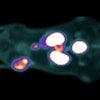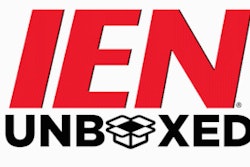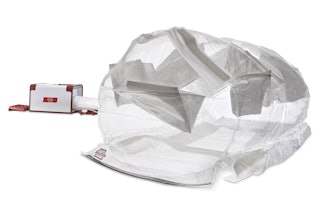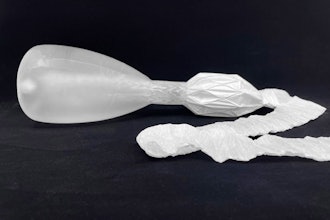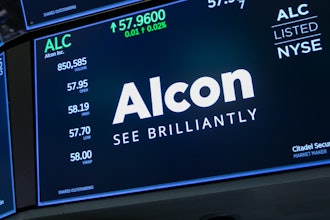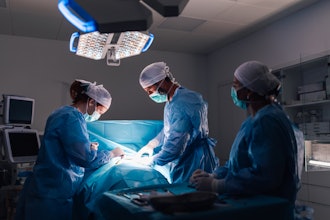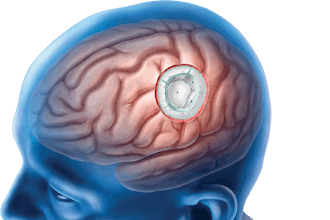
Teleflex has entered into a definitive agreement to acquire substantially all of Biotronik's Vascular Intervention business for an estimated cash payment on closing of approximately €760 million (about $792 million).
The acquisition is subject to customary closing conditions, including receipt of certain regulatory approvals, and is expected to be completed by the end of the third quarter of 2025.
The acquired business will expand the Teleflex Interventional portfolio to include a suite of vascular intervention devices such as drug-coated balloons, drug-eluting stents, covered stents, balloon and self-expanding bare metal stents, and balloon catheters. It consists of a portfolio for coronary and peripheral interventions performed in the cath lab and interventional radiology suites. In coronary vascular interventions, key products include the Pantera Lux Drug-Coated Balloon Catheter, the novel PK Papyrus Covered Coronary Stent for acute coronary artery perforations, and the Orsiro Mission Drug Eluting Stent, an ultrathin drug-eluting stent with differentiated clinical features. For peripheral interventions, the portfolio includes the Passeo-18 Lux Peripheral Drug-Coated Balloon Catheter, Dynetic-35 Balloon-Expandable Cobalt Chromium Stent, and the Pulsar-18 T3 Self-Expanding 4F Stent.
The acquisition of the Vascular Intervention business will also allow Teleflex the opportunity to invest in and expand the clinical trial program for BIOTRONIK’s Freesolve, a sirolimus-eluting Resorbable Metallic Scaffold (RMS) technology, including possible pursuit of the U.S. market. Freesolve, which received its CE Mark in February 2024, is indicated in CE-mark accepting countries for de novo coronary artery lesions. The combination of temporary scaffolding with drug delivery is anticipated to address the current trend in interventional coronary and endovascular procedures toward leaving behind less permanent hardware. As demonstrated in the BIOMAG-I study, Freesolve RMS demonstrated resorption after 12 months, a target lesion failure rate comparable to contemporary drug-eluting stents, and no definite or probable scaffold thrombosis. The European pivotal BIOMAG-II study is now enrolling.
Teleflex today also unveiled a plan to separate the company’s Urology, Acute Care, and OEM businesses into a new, independent, publicly traded company via a distribution of newly issued shares of NewCo to shareholders that is tax-free for U.S. tax purposes.
“The decision to pursue this separation was driven by our active portfolio management process and focus on driving shareholder value,” said Teleflex CEO Liam Kelly. “Following the separation, RemainCo will be well-positioned to accelerate growth in attractive, primarily hospital-focused, emergent end markets, with a simplified operating model, streamlined manufacturing footprint and increased management focus. We expect RemainCo to have increased flexibility to invest in and better compete in the markets in which it will operate with a focus on enhanced innovation. We believe NewCo will also emerge poised to deliver greater value via its enhanced ability to identify, invest in, and capitalize on the opportunities unique to its end markets. This transaction is designed to optimize the positioning of both companies in order to better meet the needs of patients and customers and maximize value for shareholders.”

